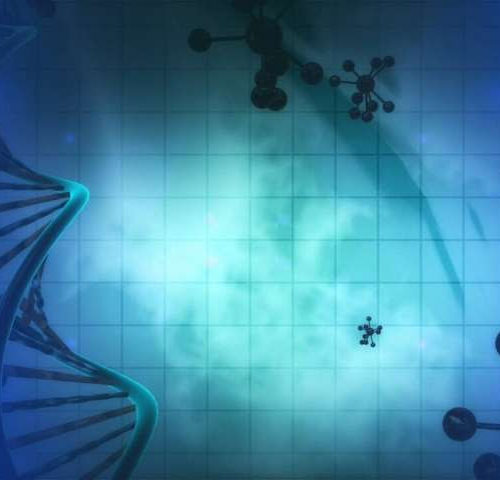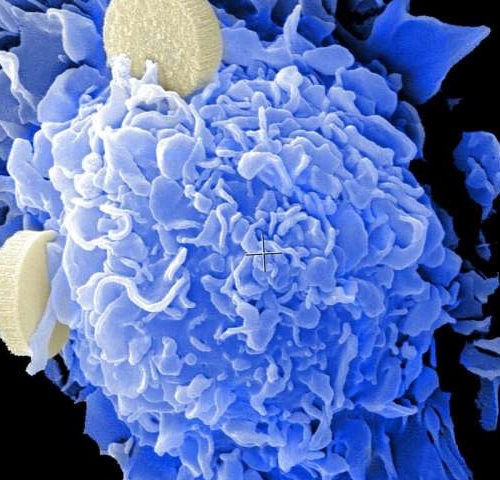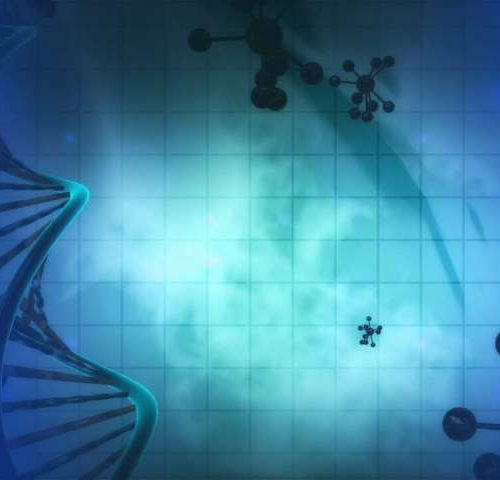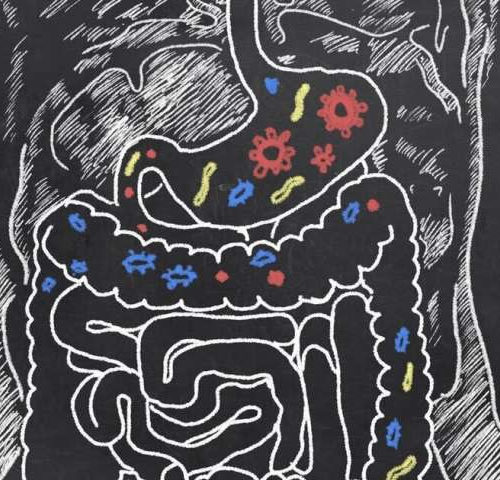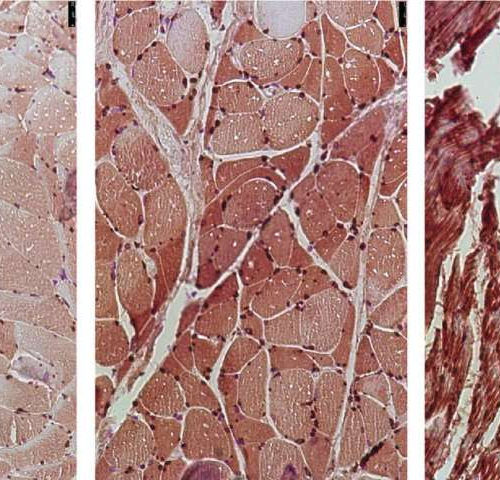by Osaka University Researchers at Osaka University have identified a fault in the RNA quality control system of cells that leads to the haywire production of toxic proteins in frontotemporal lobar degeneration and amyotrophic lateral sclerosis (FTLD/ALS). Their new study, published in the EMBO Journal, shows that an abnormality of the C9orf72 gene produces toxic...
Tag: <span>toxic</span>
Novel approach reduces SCA1 symptoms in animal model
by Baylor College of Medicine cs, pediatrics and neuroscience, and Ralph D. Feigin, M.D. Endowed Chair at Baylor. “When we identified the gene, we learned that mutations can cause the ATXN1 protein to remain in cells longer than normally. This is bad news for neurons as too much ATXN1 leads to their death.” The findings...
Phosphoprotein biomarkers to guide cancer therapy are identified
by University of Alabama at Birmingham Precision medicine in cancer treatment uses genetic changes in the cancer cells to select the best therapies for individual patients. Now researchers led by James Bibb, Ph.D., professor of surgery at the University of Alabama at Birmingham, suggest using a broader lens of post-translational modification analysis to identify new...
Silencing of an ALS gene safely delivered to patients in new study
by Jim Fessenden, University of Massachusetts Medical School UMass Medical School and Massachusetts General Hospital are the first to safely treat two research participants with a synthetic microRNA, delivered into the spinal fluid, designed to silence a human disease-causing gene. Details of the treatment, which targeted the mutant SOD1 gene that causes ALS, appear in...
New forms of ‘red devil’ cancer drug could spare hearts
By Jocelyn KaiserJul. 1, 2020 , 1:20 PM Can the red devil be defanged? Doxorubicin, an old chemotherapy drug that carries this unusual moniker because of its distinctive hue and fearsome toxicity, remains a key treatment for many cancer patients. But a new study reports the drug can be tweaked to reduce its most punishing...
The gut shields the liver from fructose-induced damage
by Perelman School of Medicine at the University of Pennsylvania After one consumes food or a beverage containing fructose, the gastrointestinal system, or gut, helps to shield the liver from damage by breaking down the sugar before it reaches the liver, according to a new multi-center study led by researchers in the Perelman School of...
Why Is Full-Spectrum CBD Better Than Hemp CBD or CBD Isolate?
This article was originally published on Blue Ribbon Hemp. To view the original article, click here. Cannabidiol (CBD) is a popular treatment for ailments like chronic pain, Parkinson’s disease, anxiety, Crohn’s disease, and gastrointestinal issues. If you have decided to buy CBD online, you have probably noticed that there are options like full-spectrum CBD and...
How you might benefit from probiotics
Probiotics are live microorganisms, usually bacteria, that can be consumed to offer health benefits. The ability of certain microbes to confer health benefits on their host was recognized more than 100 years ago. In 1904, Elie Metchnikoff, a scientist at the Pasteur Institute, claimed that Bulgarian peasants lived longer by eating yogurt made from bacteria...
Researchers identify therapeutic targets to prevent cancer-associated muscle loss
by Rockefeller University Press Researchers at the University of Nebraska Medical Center have identified a key cell signaling pathway that drives the devastating muscle loss, or cachexia, suffered by many cancer patients. The study, which will be published May 22 in the Journal of Experimental Medicine, suggests that targeting this pathway with a drug already...
Eye damage linked to popular over-the-counter vitamin that lowers cholesterol can be reversed
THE MOUNT SINAI HOSPITAL / MOUNT SINAI SCHOOL OF MEDICINE In a first-of-its-kind clinical report, retina specialists at the New York Eye and Ear Infirmary of Mount Sinai (NYEE) have shown that severe vision loss from a self-prescribed high dose of over-the-counter niacin is linked to injury of a specific cell type in a patient’s...
- 1
- 2


